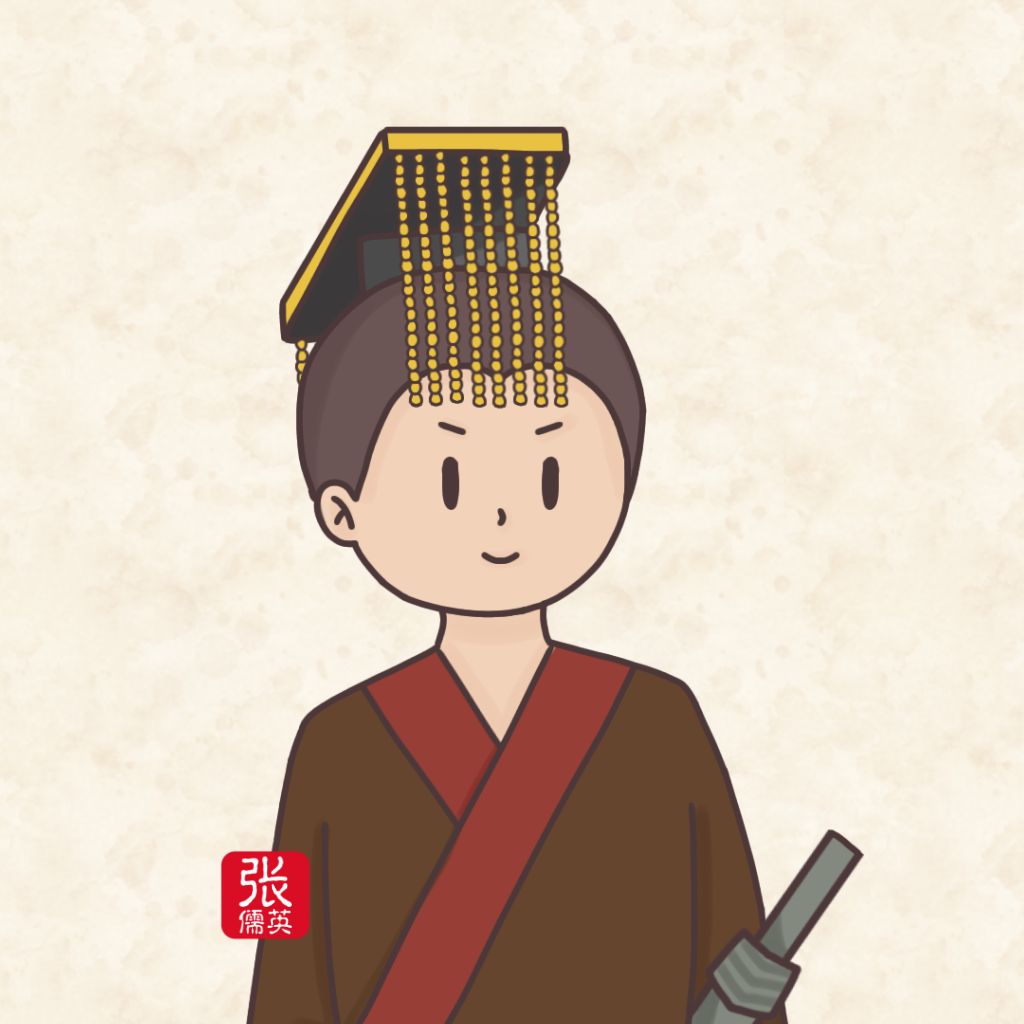Mianfu (冕服), One Type of Ceremonial Attire in Ancient China
Mianfu (冕服 ; miǎn fú) is one type of ceremonial attire in ancient China. It was worn during sacrificial ceremonies and was the highest-specification ceremonial garment worn by emperors and regional rulers during grand rituals.
The main components include the Mianguan (冕冠 miǎn guān, Mian crown), upper robe (衣 yī, usually black), lower garment (裳 cháng, usually pink or yellow), belt (大带 ; dà dài), kneecover (蔽膝 ; bì xī), inner robe made of plain white gauze (素纱中单 ; sù shā zhōng dān), red shoes (赤舄 ; chì xì), and others.
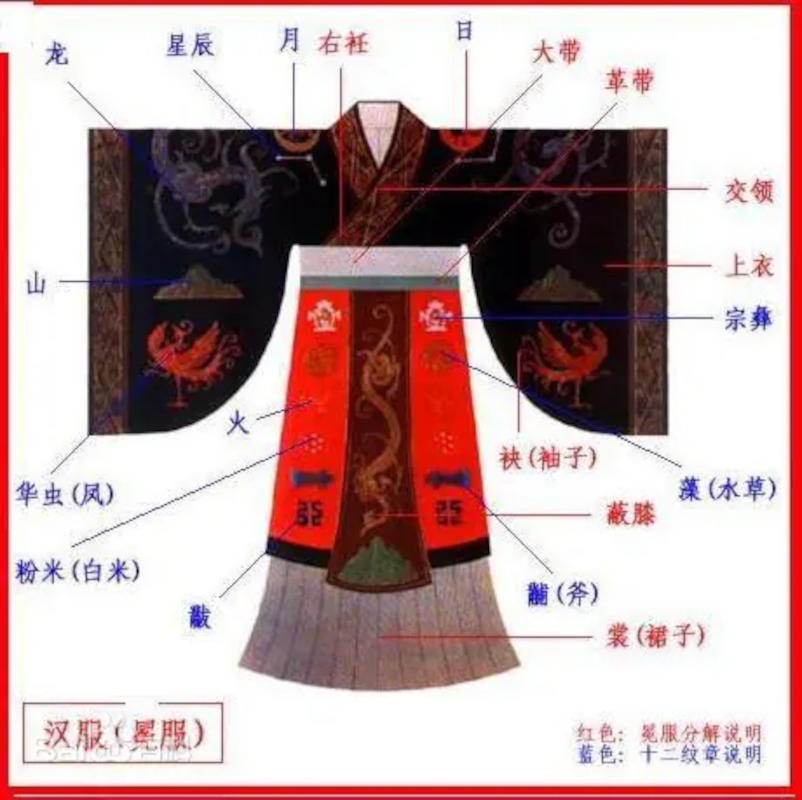
The Mianfu was more than just clothing; it features the Twelve Ornaments (十二章纹 ; shí’èr zhāng wén): Sun (日), Moon (月), Stars (星辰), Mountains (群山), Dragon (龙), Huachong (华虫), Zongyi (宗彝), Waterweed (藻), Fire (火), Millet/Grain (粉米), Fu (黼), and Fu (黻).
Da Qiumian (大裘冕 ; dà qiú miǎn) was the type of Mianfu worn by the emperor when offering sacrifices to Heaven, while Gunmian (衮冕 ; gǔn miǎn) was worn by the emperor when offering sacrifices to ancestors.
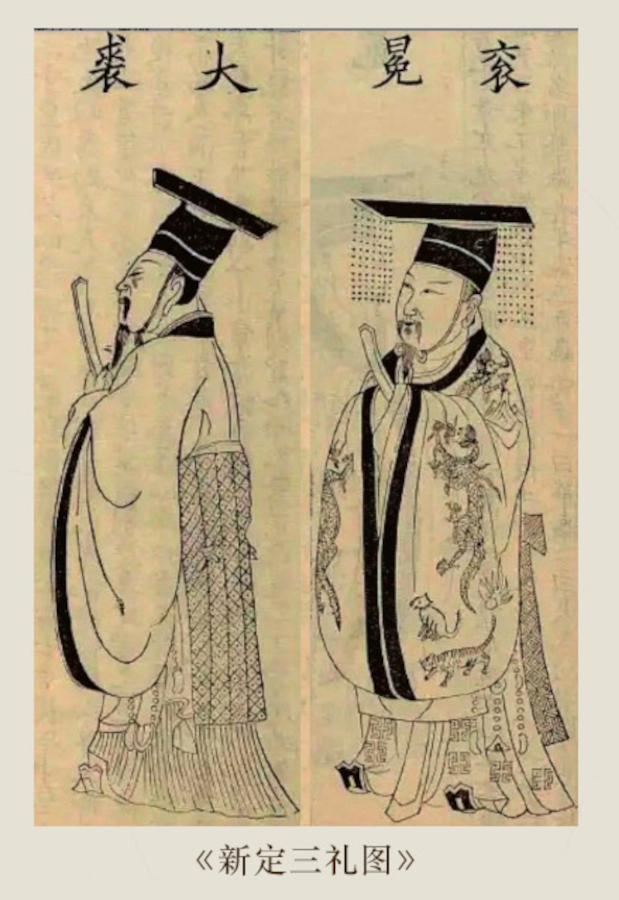
During Emperor Song Shenzong’s reign, the Da Qiumian was revived, described as “using black sheepskin as a robe, thin black fabric for the collar and inner edge trim, sleeves wide enough to move the elbows, length sufficient to cover the knees.” This was the attire Song Shenzong wore during the winter ceremony of offering sacrifices to Heaven, essentially adding a large black sheepskin robe over the Gunmian. Later, it was abolished again due to disagreements within the Song court over the ceremonial dress system.
Identity Symbols on Mianfu
Although the Mianfu was worn by emperors, crown princes, and officials alike during major state rituals, subtle design features revealed the wearer’s exact rank:
a. Number of Liu (旒) on the Mianguan (冕冠)
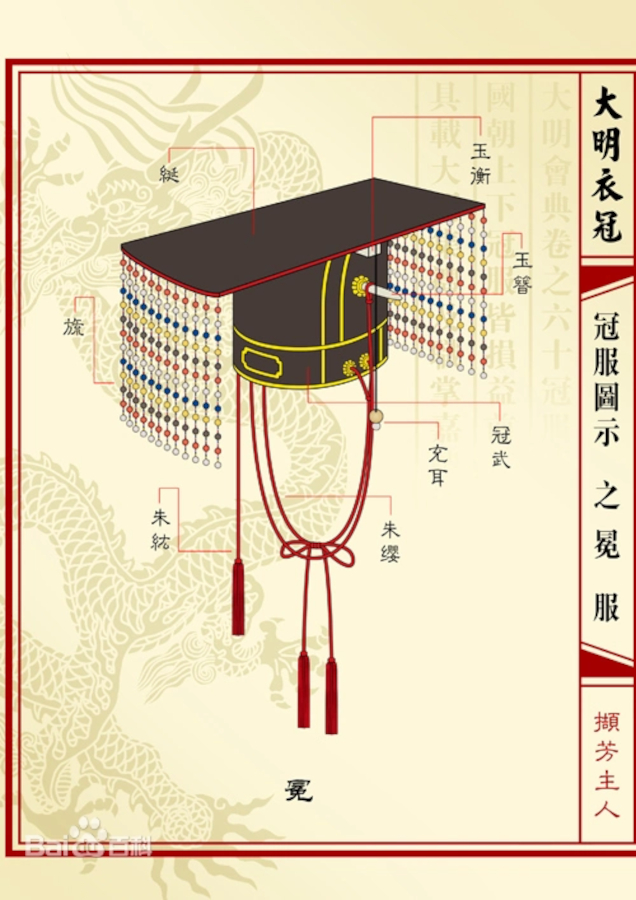
In the Song dynasty, the rank of a Mianfu was distinguished by the number of Liu (旒 ; liú). Liu (旒) is a hanging ornament on the front and back of the Mianguan, usually made of pearls or jade, woven with multicolored silk threads into algae patterns. One strand of pearls or jade is called one Liu (一旒 ; yī liú).
Determining ceremonial attire specifications based on the number of Liu was a long-standing tradition in China. The emperor’s Mianguan had twelve Liu (十二旒 ; shí’èr liú), while the nine-Liu Mian (九旒冕 ; jiǔ liú miǎn) and seven-Liu Mian (七旒冕 ; qī liú miǎn) were worn by the crown prince and officials, respectively.
b. Number of decorative patterns (章纹) on the Mianfu
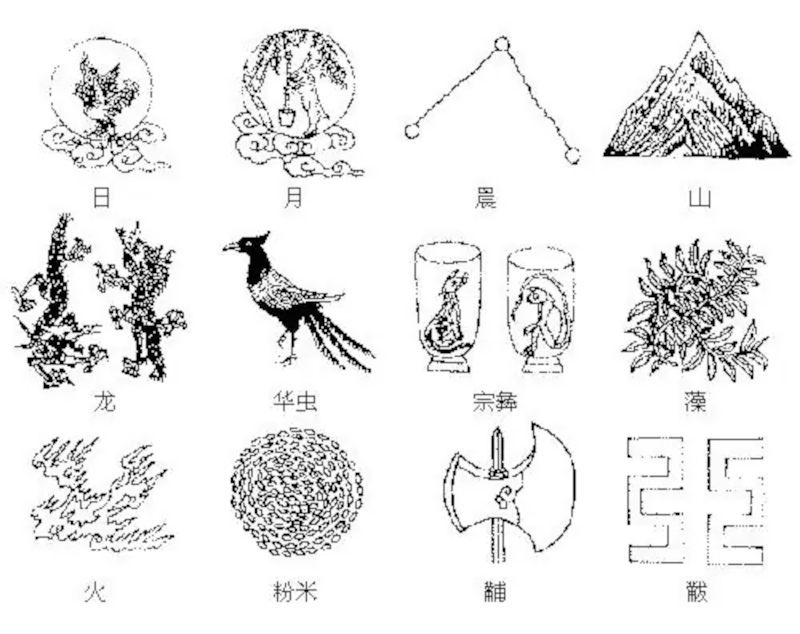
Below the Twelve Ornaments (十二章纹 ; shí’èr zhāng wén), other ranks included Nine Ornaments (九章 ; jiǔ zhāng), Seven Ornaments (七章 ; qī zhāng), Five Ornaments (五章 ; wǔ zhāng), and Three Ornaments (三章 ; sān zhāng).
Only the emperor could use Twelve Ornaments, the crown prince used nine, and the number for officials decreased according to rank.
c. Others
The materials for the leather belt (革带 ; gé dài), waist ribbon (佩绶 ; pèi shòu), and the color of the garments on the Mianfu were all differentiated according to the rank of the wearer.
Source:《我在宋朝穿什么》by 陆蕾

